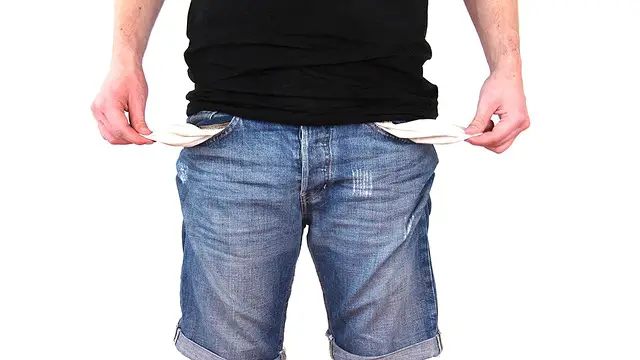There’s no getting around the fact that living costs can be high these days. However, as long as you’re savvy, you should be able to succeed in keeping your household budget in the black. To help you along the way, here are five simple steps that could enable you to slash your spending, freeing up more money for saving and investing.
Improve Your Insulation
Firstly, it’s important to make sure your home is up-to-scratch in terms of energy efficiency, and a great place to start is with your insulation. For example, if your property lacks suitable loft insulation, you could be losing a considerable amount of heat unnecessarily. Energy efficiency specialists like the snug network advise that insulating a loft can prevent a quarter of household energy from being lost through the roof. It’s worth looking at your walls too. Depending on their design, they may benefit from having cavity or solid wall insulation added.
You might be surprised by how much you can shave off your energy bills by making changes like these. Consider hiring a contractor to update the insulation in your home to keep you warm and keep money in your pocket.
Turn Your Thermostat Down
Another simple way to save cash is to turn your thermostat down. Even lowering the temperature on your heating settings by one degree could lead to noticeable reductions in your bills. To make even more savings, think about turning down the radiators in any rooms you rarely use, and program your heating so that it’s not on when you’re out of the house.
Block Drafts
You can also reduce your spending by blocking any drafts around your abode. For example, special draft-proofing strips can be used to cover gaps around the edges of your doors and windows, and brush or hinged-flap draft excluders can make a good addition to the bottom of doors. Meanwhile, if you don’t use your fireplace, think about using an inflatable cushion to block it. Alternatively, you could fit a cap over your chimney pot.
Switch to Energy-Efficient Lighting
It’s worth switching to energy-saving light bulbs too. OK, so these products are more expensive than their traditional counterparts, but they use much less energy. They also last a lot longer. Whereas most regular bulbs last for approximately 1,000 hours, LEDs can keep going for around 25,000 hours. Remember to switch your lights off when you’re not using them too, even if you upgrade to energy savers.
Be Savvy When Shopping for the Essentials
You could also benefit from changing the way you shop. For example, plan your week’s meals before you set off to the grocery store so that you don’t end up purchasing food you won’t use. Also, check your cupboards and refrigerator carefully to ensure you don’t accidentally double-up on goods. You could also save yourself a tidy sum by making sure you shop around. On everything from your weekly food run to the insurance products you purchase, it pays off to look around for the best deals.



